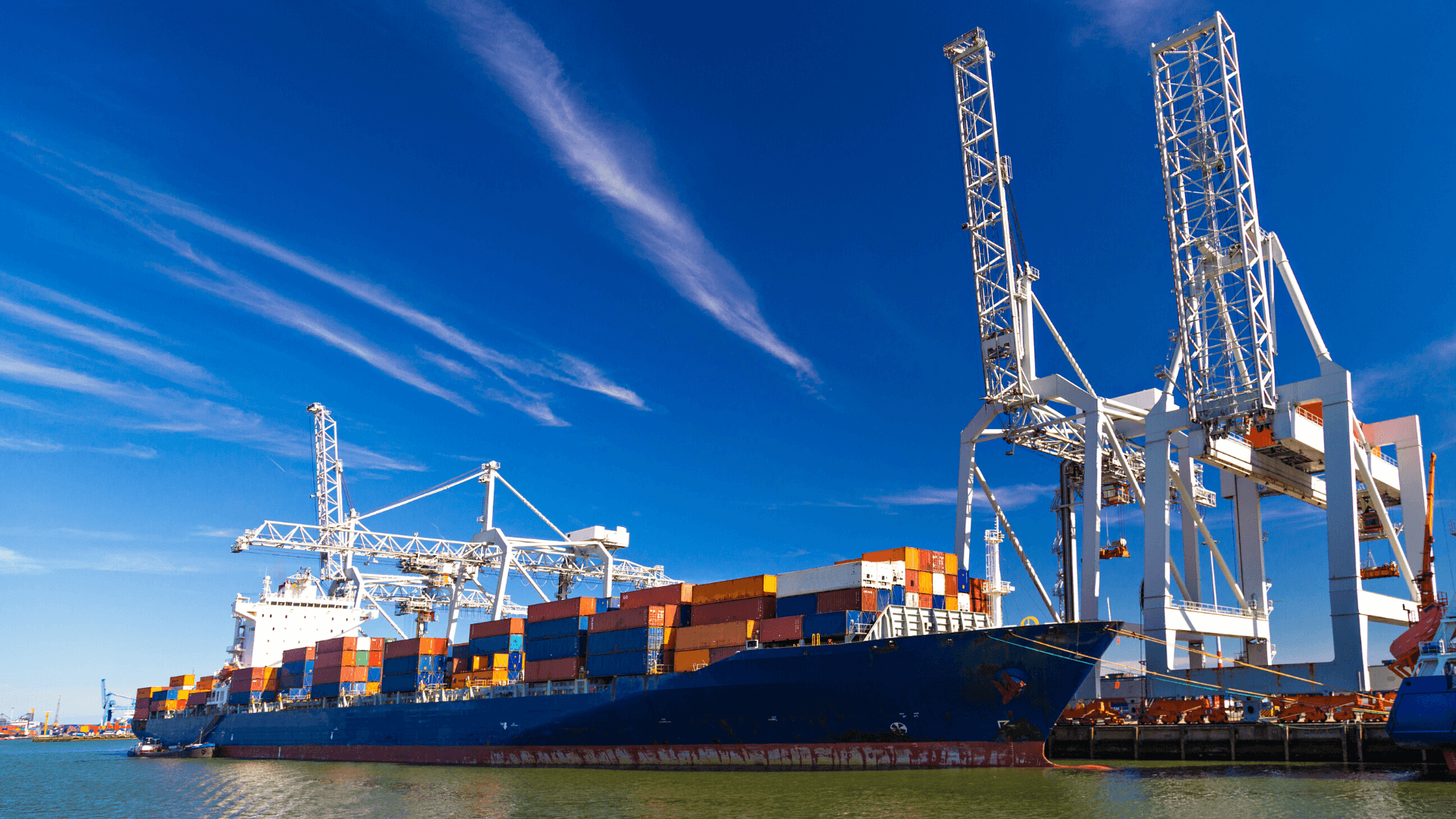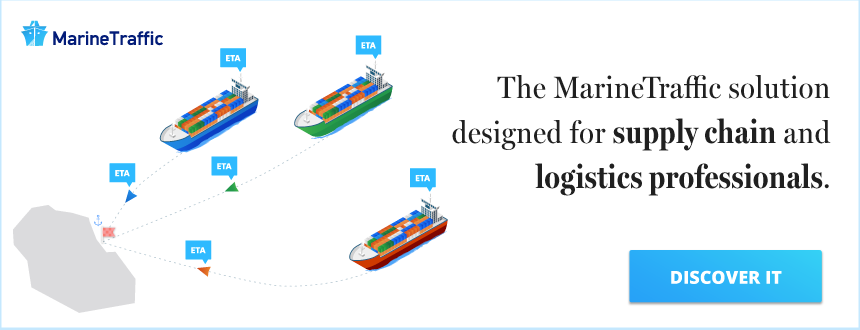Create transparency
Creating a transparent view of a multitier supply chain begins with determining the critical components for your operations. Working with operations and production teams to review your bills of materials (BOMs) and catalogue components will identify the ones that are sourced from high-risk areas and lack ready substitutes.
A risk index for each BOM commodity, based on uniqueness and location of suppliers, will help identify those parts at highest risk. For risks that could stop or significantly slow production lines—or significantly increase cost of operations—businesses can identify alternative suppliers, where possible, in terms of qualifications outside severely affected regions.
Estimate available inventory
Estimating all inventory along the value chain aids capacity planning during a ramp-up period. Specific categories to consider include, finished goods held in warehouses and blocked inventory held for sales, quality control, and testing. Spare-parts inventory that could be repurposed for new-product production, bearing in mind the trade-off of reducing existing customer support versus maintaining new-product sales. Parts with lower-grade ratings or quality issues, which should be assessed to determine whether the rework effort would be justified to solve quality issues or whether remanufacture with used stock could address supply issues. Parts in transit should be evaluated to see what steps can be taken to accelerate their arrival—particularly those in customs or quarantine. Finally, supply currently with customers or dealers should be considered to see if stock could be bought back or transparency could be created for cross-delivery.
Assess realistic final-customer demand
Businesses should question whether demand signals they are receiving from their immediate customers, both short and medium term, are realistic and reflect underlying uncertainties in the forecast.
With many end customers engaging in shortage buying to ensure that they can claim a higher fraction of whatever is in short supply, businesses can reasonably question whether the demand signals they are receiving from their immediate customers, both short and medium term, are realistic and reflect underlying uncertainties in the forecast. Making orders smaller and more frequent and adding flexibility to contract terms can improve outcomes both for suppliers and their customers by smoothing the peaks and valleys that raise cost and waste. A triaging process that prioritises customers by strategic importance, margin, and revenue will also help in safeguarding the continuity of commercial relationships.
Optimise production and distribution capacity
Scenario analysis can be used to test different capacity and production scenarios to understand their financial and operational implications. Optimising production begins with ensuring employee safety. This includes sourcing and engaging with crisis-communication teams to communicate clearly with employees about infection-risk concerns and options for remote and home working. The next step is to conduct scenario planning to project the financial and operational implications of a prolonged shutdown, assessing impact based on available capacity (including inventory already in the system).
Identify and secure logistics capacity
In a time of crisis, understanding current and future logistics capacity by mode—and their associated trade-offs—will be even more essential than usual, as will prioritising logistics needs in required capacity and time sensitivity of product delivery.
To improve contingency planning under rapidly evolving circumstances, real-time visibility will depend not only on tracking the on-time status of freight in transit but also on monitoring broader changes, such as airport congestion and border closings. Maintaining a nimble approach to logistics management will be imperative in rapidly adapting to any situational or environmental changes.
Manage cash and net working capital
As the crisis takes its course, constrained supply chains, slow sales, and reduced margins will combine to add even more pressure on earnings and liquidity. Companies will need all available internal forecasting capabilities to stress test their capital requirements on weekly and monthly bases.
Supply-chain leaders can focus on freeing up cash locked in other parts of the value chain. Reducing finished-goods inventory, with thoughtful, ambitious targets supported by strong governance, can contribute substantial savings. Likewise, improved logistics, such as through smarter fleet management, can allow companies to defer significant capital costs at no impact on customer service. Pressure testing each supplier’s purchase order and minimising or eliminating purchases of nonessential supplies can yield immediate cash infusions. Supply-chain leaders should analyse the root causes of suppliers’ nonessential purchases, mitigating them through adherence to consumption-based stock and manufacturing models and through negotiations of supplier contracts to seek more favourable terms.
In summary
- Create transparency on multitier supply chains, establishing a list of critical components, determining the origin of supply, and identifying alternative sources.
- Estimate available inventory along the value chain—including spare parts and after-sales stock—for use as a bridge to keep production running and enable delivery to customers.
- Assess realistic final-customer demand and respond to (or, where possible, contain) shortage-buying behaviour of customers.
- Optimise production and distribution capacity to ensure employee safety, such as by supplying personal protective equipment (PPE) and engaging with communication teams to share infection-risk levels and work-from-home options. These steps will enable leaders to understand current and projected capacity levels in both workforce and materials.
- Identify and secure logistics capacity, estimating capacity and accelerating, where possible, and being flexible on transportation mode, when required.
- Manage cash and net working capital by running stress tests to understand where supply-chain issues will start to cause a financial impact.

Read the full ‘Supply-chain recovery in coronavirus times—plan for now and the future’ article by McKinsey & Company here

